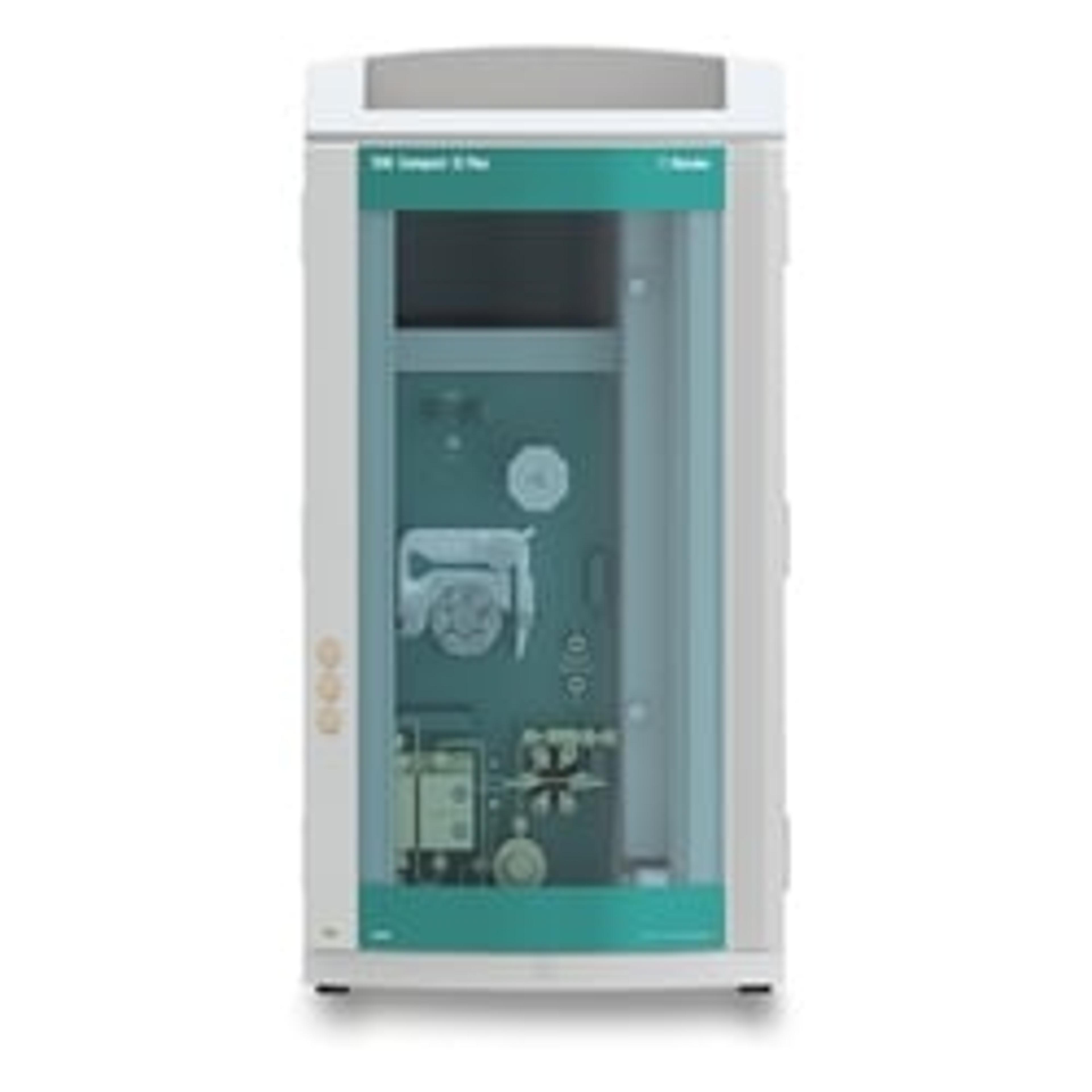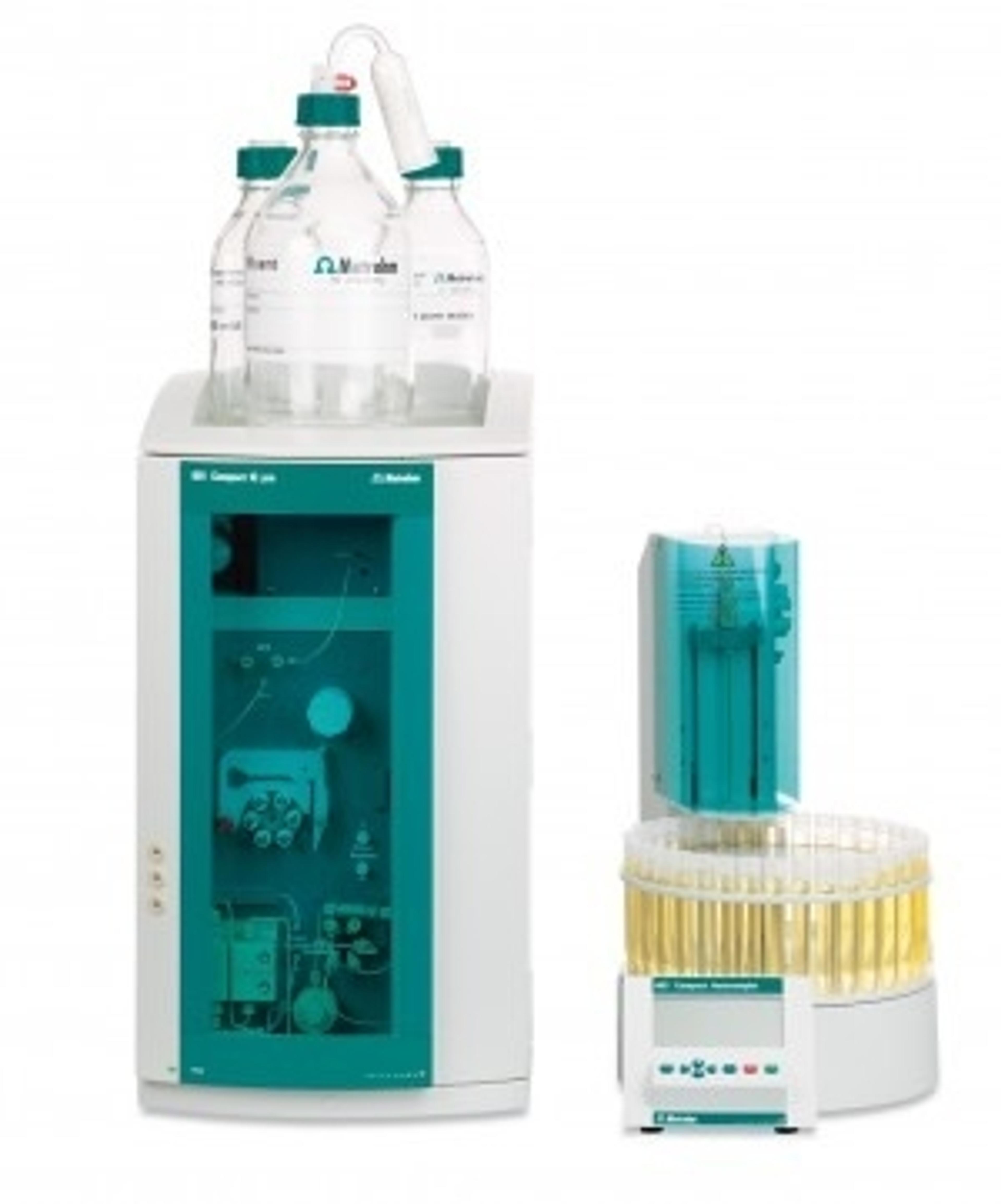ResourceSeparations
Azide in Air from Pharmaceutical Production
8 Apr 2014During the production of certain pharmaceutical products, azide may be formed. Azide can cause explosions during manufacturing. To prevent such accidents, its concentration in air has to be monitored. This application note presents a method for the separation of Azide (N3-) from standard anions using the Metrosep A Supp 5 - 250/4.0.


